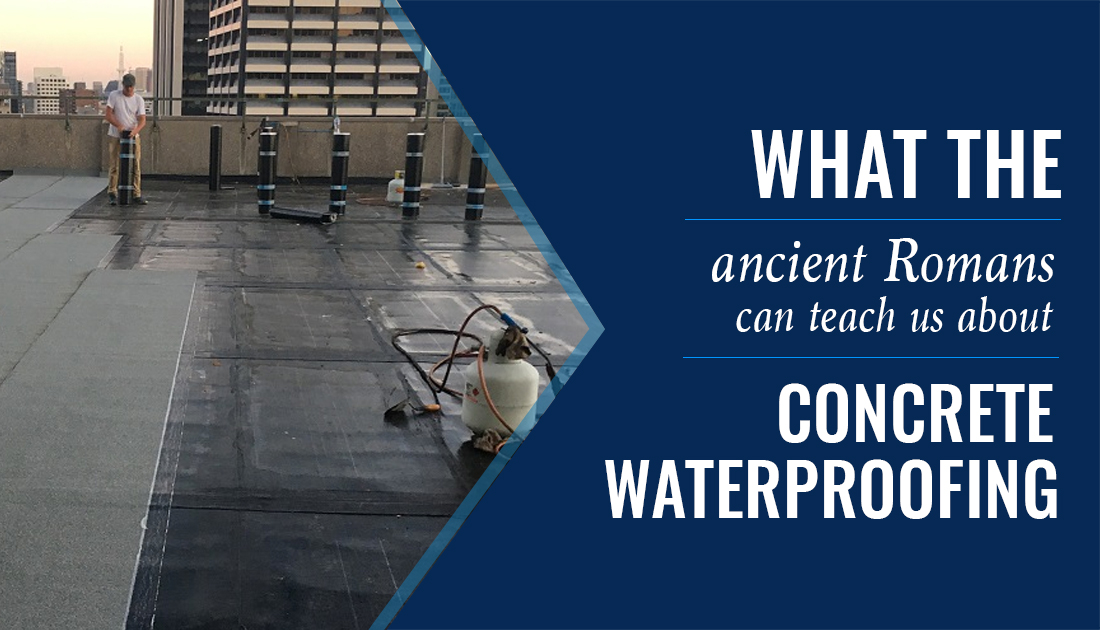Modern concrete – based on Portland cement – boasts a lifespan of 50-odd years. Considering the often tough conditions that it’s forced to endure that’s no mean feat; Mother Nature can be anything but kind. Modern concrete waterproofers allow this concrete to last far longer than it would if it remained untreated.
Half a century sounds impressive. Impressive, that is, until it’s pointed out that the Ancient Romans built harbours out of concrete that have been pounded by waves for over 2000 years and are still as strong as the day they were built. That’s over 40x the lifespan of modern concrete, and without the modern technology that purportedly makes today’s concrete so resilient.
So what were the Ancient Romans doing that we aren’t? What can they teach us about how to make long-lasting concrete that seems naturally waterproof?
The Ancient Roman recipe
By analysing Roman concrete researchers were able to identify its ingredients. It turns out that the Romans mixed lime and volcanic ash together to make their concrete. This combination of base ingredients just happened to react to seawater in a unique way – water molecules simultaneously hydrated the lime and reacted with the ash to create an exceptionally strong ‘CASH’ (calcium-aluminium-silicate-hydrate) bond which is only made stronger by the constant presence of seawater.
By comparison, Portland cement has a total lack of lime and volcanic ash, meaning that the bond is far weaker. This leads to cracking, particularly when exposed to water, reducing the service life markedly.
There are other benefits too. Portland cement must be baked at 1450C in order to be usable. The limestone in the Ancient Roman recipe only needed to be baked at 900C, reducing the amount of fuel required. When you combine this with the extended lifespan of the cured concrete, there is a huge benefit for switching in terms of concrete’s carbon footprint.
Why don’t we make the switch?
Since this research came out there has been a push to revert to the past, and use this 2000 year old Roman expertise to improve our current concrete situation. While limestone is abundant, the only tripping point will be volcanic ash, although it’s estimated that 40% of the world’s demand for Portland cement could be met by using pozzolan.
Whether we do revert to the past in order to cement our construction future remains to be seen, but the whole story does show that many Ancient cultures were far more developed than we are willing to give them credit for.

